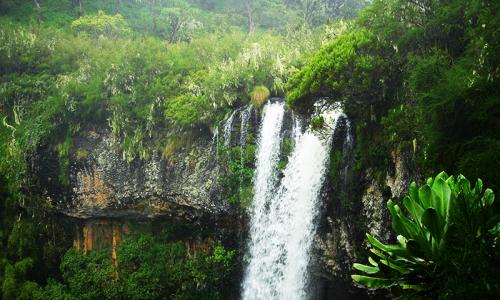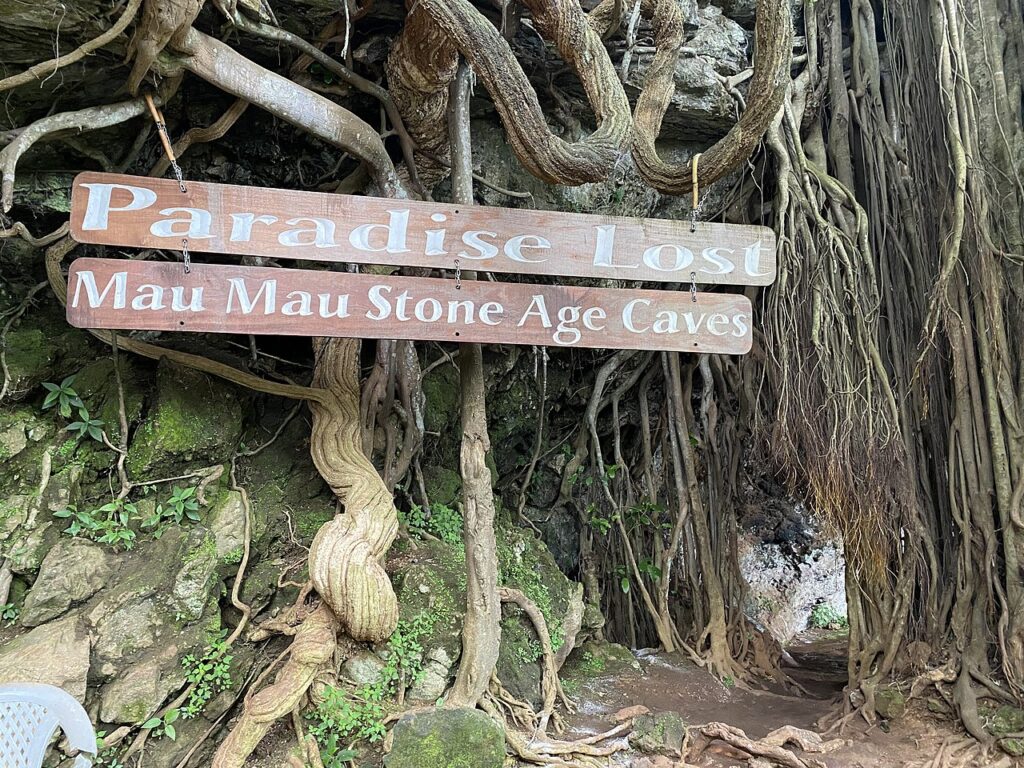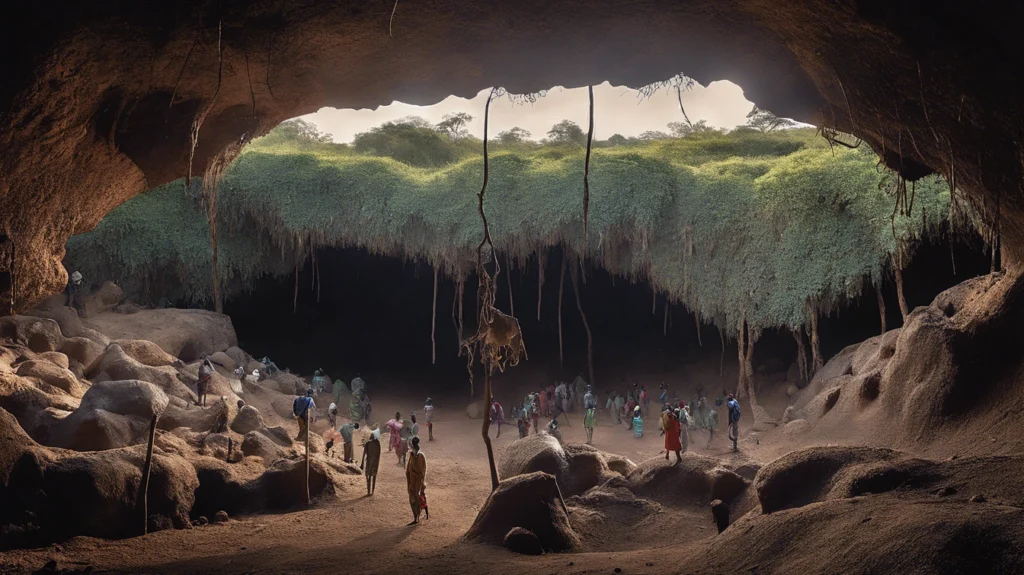The Mau Mau cave! Kenya is a land of breathtaking beauty, where rolling hills meet dense forests, and the rich tapestry of history intertwines with its stunning landscapes. Yet, hidden within these lush terrains is a place of profound significance: the Mau Mau Cave. This cave serves as a symbol of resilience and resistance, echoing the stories of those who fought valiantly for freedom against colonial rule. Join us as we journey into this hidden history and uncover the legacies that have shaped modern-day Kenya.
The Setting – Aberdare’s Rugged Beauty

A Refuge and Battlefield
The Aberdare mountain range, with its sprawling forests and diverse wildlife, serves as both a refuge and a battlefield. In the 1950s, as tensions mounted against British colonial rule, these forests became a sanctuary for Mau Mau fighters. The dense vegetation provided essential cover, allowing freedom fighters to strategize and plan their next moves away from the eyes of their adversaries. The Mau Mau Cave, nestled in this wilderness, emerged as a crucial hideout during this tumultuous period.
The Significance of the Mau Mau Cave

The cave itself, while appearing as a mere natural formation from the outside, holds immense historical importance. Inside its dark recesses, the stories of bravery, sacrifice, and hope come to life. It is not just a cave; it is a repository of the struggle for independence, where strategies were formulated, and the dream of a free Kenya was nurtured.
Life Inside the Cave

Struggles of Survival
Venturing deeper into the Mau Mau Cave, one can feel the weight of history. Imagine spending days, weeks, or even months in this isolated space, living in constant fear of capture. For the Mau Mau rebels, it was a difficult life, filled with uncertainty and the relentless pursuit of freedom. The remnants they left behind—a collection of cooking pots, broken pottery, and wall carvings—speak volumes about their daily lives, offering snapshots into the existence of those who once sought refuge here.
Echoes of Resistance
As the camera glides through the shadowy interior of the cave, we encounter the old rifles, worn uniforms, and reminders of the harsh realities the Mau Mau fighters faced. These artifacts are more than just objects; they embody the spirit of a movement fueled by the desire for liberty. Each piece carries with it the weight of struggles fought and sacrifices made, underscoring the resilience that characterized the Mau Mau uprising.
The Importance of Unity
A Collective Struggle
The Mau Mau Uprising was not merely a rebellion; it was a unifying force that brought together Kenyans from various tribes, primarily the Kikuyu, but also the Meru and Embu. Their fight was driven by the yearning for identity and dignity, as they sought to reclaim their ancestral lands taken by colonial settlers. The caves of Aberdare became vital meeting points, where communities forged strong bonds through their shared struggle.
The Legacy of the Mau Mau
Today, the Mau Mau Cave stands as a poignant reminder of this collective fight for freedom. While countless Mau Mau fighters lost their lives during the struggle, their courage paved the way for Kenya’s independence in 1963. The cave symbolizes the enduring spirit of a nation that rose against oppression, serving as a testament to the values of unity, resilience, and hope.
Conclusion: Remembering the Legacy
As we step back from the heart of the Mau Mau Cave and its enveloping forests, it becomes clear that places like this are far more than just historical sites. They are living memories of a relentless fight for justice and freedom. The legacy of the Mau Mau continues to resonate, reminding us that the struggle for liberation is a universal theme—an endeavor shared by peoples from all walks of life worldwide.
Kenya, as it stands today, is a vibrant nation born from the tribulations of its past. The echoes of the Mau Mau fighters inspire future generations to remember their history, honor their sacrifices, and continue the fight against oppression in all its forms.


